Solved Paper-2014
VIT
Engineering Entrance Exam
Chemistry
1. The standard molar heat of formation of ethane, CO2 and water (l) are respectively −21.1, −94.1 and −68.3 kcal. The standard molar heat of combustion of ethane will be
(a) −372 kcal
(b) 162 kcal
(c) −240 kcal
(d) 183.5 kcal
2. The solubility product of Ag2CrO4 is 32 × 10−12. What is the concentration of CrO4− ions in that solution?
(a) 2 × 10−4 M
(b) 16 × 10−4 M
(c) 8 × 10−4 M
(d) 8 × 10−8 M
3. The equivalent conductivity of a solution containing 2.54 g of CuSO4 per L is 91.0 W−1 cm2 eq−1. Its conductivity would b e
(a) 2.9 × 10−3 Ω−1 cm−1
(b) 1.8 × 10−2 Ω−1 cm−1
(c) 2.4 × 10−4 Ω−1 cm−1
(d) 3.6 × 10−3 Ω−1 cm−1
4. The half-life of two samples are 0.1 and 0.8 s. Their respective concentration are 400 and 50 respectively. The order of the reaction is
(a) 0
(b) 2
(c) 1
(d) 4
5. Which sequence of reactions shows correct chemical relation between sodium and its compounds?
(a) ![]()
![]()
(b) ![]()
![]()
(c) ![]()
![]()
(d) ![]()
![]()
6. Purest form of iron is
(a) pig iron
(b) wrought iron
(c) cast iron
(d) steel
7. Which has the smallest size?
(a) Na+
(b) Mg2+
(c) Al3+
(d) P5+
8. In the reaction, 8Al + 3Fe3O4 → 4Al2O3 + 9Fe the number of electrons transferred from the reductant to the oxidant is
(a) 8
(b) 4
(c) 16
(d) 24
9. The bond angles of NH3, NH4+ and NH2− are in the order
(a) ![]()
(b) ![]()
(c) ![]()
(d) ![]()
10. A gaseous mixture containing He, CH4 and SO2 was allowed to effuse through a fine hole then find what molar ratio of gases coming out initially? (Given mixture contains He, CH4 and SO2 in 1 : 2 : 3 mole ratio).
(a) √2 : √2 : 3
(b) 2 : 2 : 3
(c) 4 : 4 : 3
(d) 1 : 1 : 3
11. According to Bohr’s theory, the angular momentum for an electron of 3rd orbit is
(a) 3 h
(b) 1.5 h
(c) 9 h
(d) ![]()
12. 76 g of silver carbonate on being strongly heated yields a residue weighing
(a) 3.54 g
(b) 3.0 g
(c) 1.36 g
(d) 2.16 g
13. The final product (IV) in the sequence of reactions
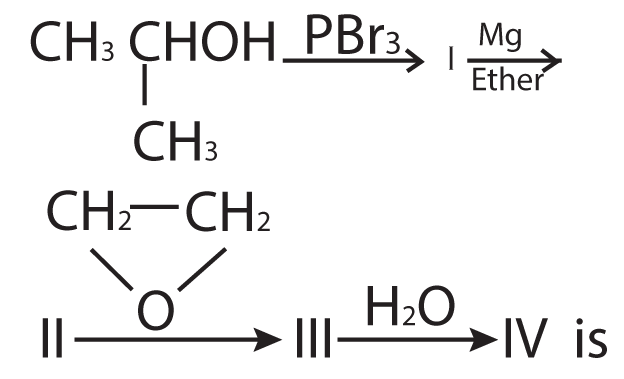
(a) 
(b) 
(c) 
(d) 
14. ![]()
(a) 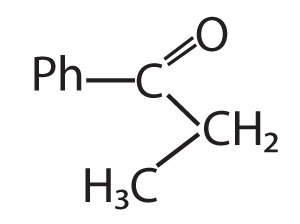
(b) 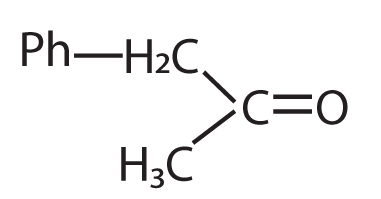
(c) 
(d) 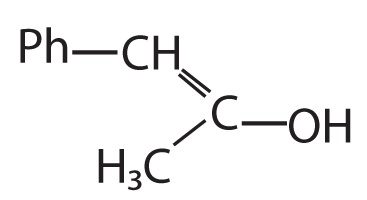
15. Which of the following has an ester linkage?
(a) Nylon-66
(b) Dacron
(c) PVC
(d) Bakelite
16. Which of the following pairs given positive Tollen’s test?
(a) Glucose, sucrose
(b) Glucose, fructose
(c) Hexanal, acetophenone
(d) Fructose, sucrose
17. Peptisation involves
(a) precipitation of colloidal particles
(b) disintegration of colloidal aggregates
(c) evaporation of dispersion medium
(d) impact of molecules of the dispersion medium on the colloidal particles
18. Which of the following has the maximum number of unpaired d-electrons?
(a) Fe2+
(b) Cu+
(c) Zn
(d) Ni3+
19. Iodine is formed when potassium iodide reacts with a solution of
(a) ZnSO4
(b) CuSO4
(c) (NH4)2SO4
(d) Na2SO4
20. Which of the following does not represent the correct order of the property indicated?
(a) ![]()
(b) ![]()
(c) ![]()
(d) ![]()
21. If the elevation in boiling point of a solution of 10 g of solute (mol. wt. = 100) in 100 g of water is ∆Tb, the ebullioscopic constant of water is
(a) ![]()
(b) ![]()
(c) ![]()
(d) ![]()
22. Which of the following compounds cannot be prepared singly by the Wurtz reactions?
(a) ![]()
(b) ![]()
(c) ![]()
(d) ![]()
23. Which of the following oxides is strongly basic?
(a) ![]()
(b) ![]()
(c) ![]()
(d) ![]()
24. In Langmuir’s model of adsorption of a gas on a solid surface,
(a) the rate dissociation of adsorbed molecules from the surface does not depend on the surface covered
(b) the adsorption at a single site on the surface may involve multiple molecules at the same time
(c) the mass of gas striking a given area of surface is proportional to the pressure of the gas
(d) the mass of gas striking a given area of surface is independent of the pressure of the gas
25. How many sigma and pi-bonds are there in the molecule of dicyanoethene (CN―CH=CH―CN)?
(a) 3 sigma and 3 pi
(b) 5 sigma and 2 pi
(c) 7 sigma and 5 pi
(d) 2sigma and 3 pi
26. What will be the order of reactivity of the following carbonyl compounds with Grignard’s reagent?
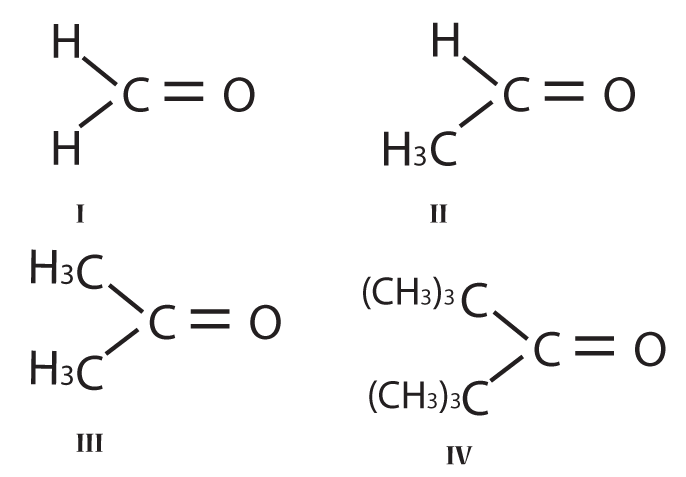
(a) I > II > III > IV
(b) IV > III > II > I
(c) II > I > IV > III
(d) III > II > I > IV
27. 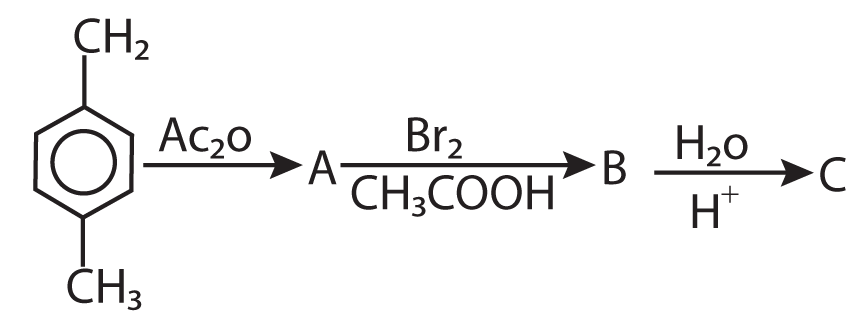
The final product ‘C’ in the above reaction is
(a) 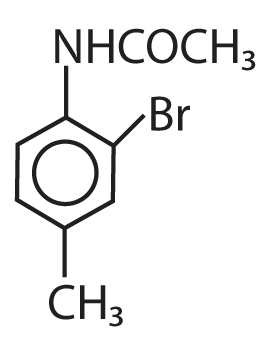
(b) 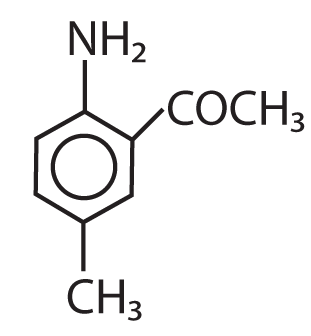
(c) 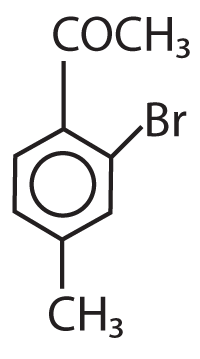
(d) 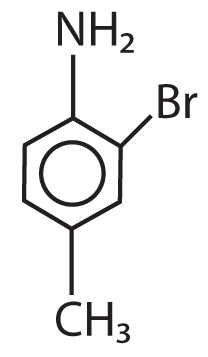
28. Which of the following isomerism is shown by ethyl acetoacetate?
(a) Geometrical isomerism
(b) Keto-enol tautomerism
(c) Enantiomerism
(d) Diastereoisomerism
29. The final product obtained in the reaction,

(a) 
(b) 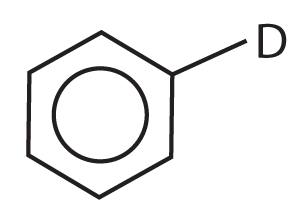
(c) 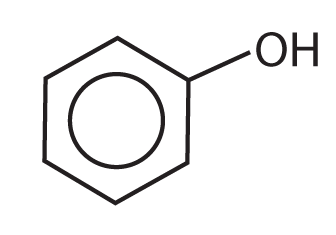
(d) 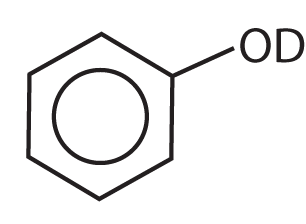
30. Among the following the strongest nucleophile is
(a) ![]()
(b) ![]()
(c) ![]()
(d) ![]()
31. Which set has different class of compounds?
(a) Tranquillizers-Equanil, heroin, valium
(b) Antiseptics-Bithional, dettol, boric acid
(c) Analgesics-Naporoxen, morphine, aspirin
(d) Bactericidal-Penicillin, aminoglycosides, ofloxacin
32. The sodium extract of an organic compound on acidification with acetic acid and addition of lead acetate solution gives a black precipitate. The organic compound contains
(a) nitrogen
(b) halogen
(c) sulphur
(d) phosphorus
33. The volume strength of 1.5 N H2O2 solution is
(a) 16.8 L
(b) 8.4 L
(c) 4.2 L
(d) 5.2 L
34. MnO4− + 8H+ + 5e− → Mn2+ + 4H2O; E° = 1.51 V
MnO2 + 4H+ + 2e− → Mn2+ + 2H2O; E° = 1.23 V ![]() is
is
(a) 1.70 V
(b) 0.91 V
(c) 1.37 V
(d) 0.548 V
35. A metal has bcc structure and the edge length of its unit cell is 3.04 Å. The volume of the unit cell in cm3 will be
(a) ![]()
(b) ![]()
(c) ![]()
(d) ![]()
36. Among [Fe(H2O)6]3+, [Fe(CN)6]3−, [Fe(Cl)6]3− species, the hybridization state of the Fe atom are, respectively.
(a) ![]()
(b) ![]()
(c) ![]()
(d) ![]()
37. Which of the following hydrogen bonds are strongest in vapour phase?
(a) HF …….. HF
(b) HF ……… HCl
(c) HCl …….. HCl
(d) HF …….. HI
38. The rate constant for forward reaction and backward reaction of hydrolysis of ester are 1.1 × 10−2 and 1.5 × 10−3 per minute respectively. Equilibrium constant for the reaction is
CH3COOC2H5 + H2O ⇌ CH3COOH + C2H5OH
(a) 33.7
(b) 7.33
(c) 5.33
(d) 33.3
39. 85 mL of 0.1 N NaOH reacts with 20 mL of HCl solution for complete neutralization. The molarity of HCl solution is
(a) 9.9
(b) 0.99
(c) 0.099
(d) 0.0099
40. An f-shell containing 6 unpaired electrons can exchange
(a) 6 electrons
(b) 9 electrons
(c) 12 electrons
(d) 15 electrons
Latest Govt Job & Exam Updates: